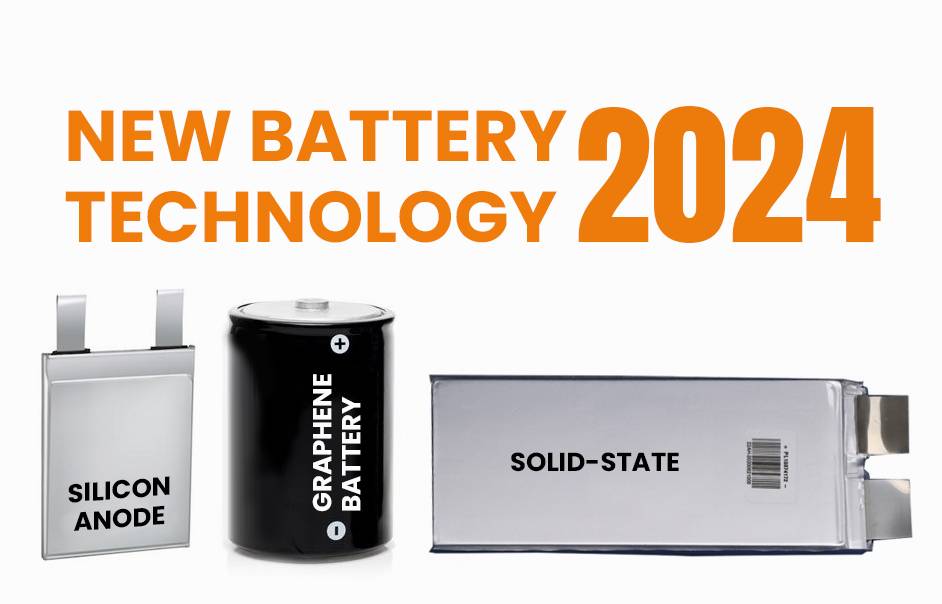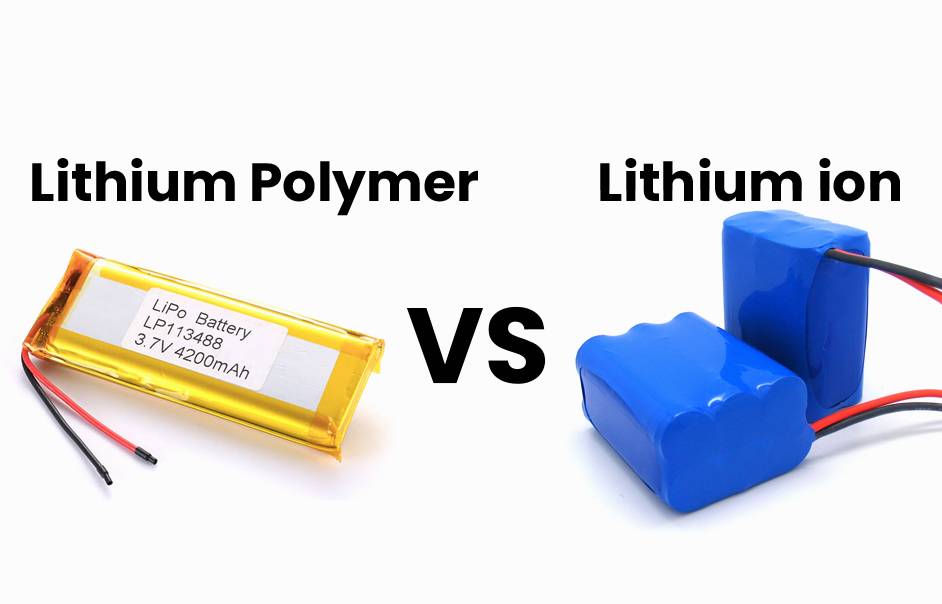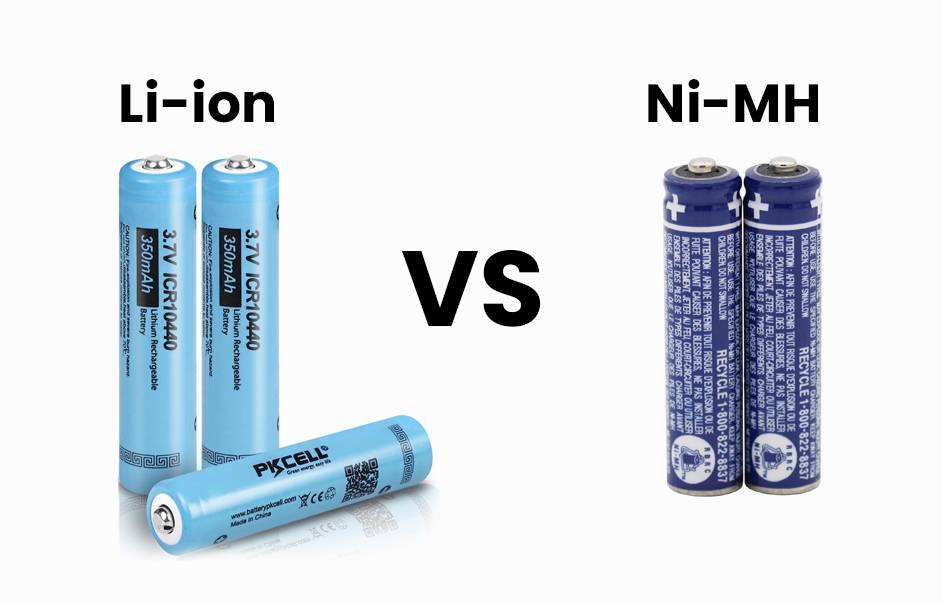- Lithium Golf Cart Battery
- Forklift Lithium Battery
-
48V
- 48V 210Ah
- 48V 300Ah
- 48V 420Ah (949 x 349 x 569 mm)
- 48V 420Ah (950 x 421 x 450 mm)
- 48V 456Ah
- 48V 460Ah (830 x 630 x 590 mm)
- 48V 460Ah (950 x 421 x 450 mm)
- 48V 460Ah (800 x 630 x 600 mm)
- 48V 460Ah (820 x 660 x 470 mm)
- 48V 500Ah
- 48V 560Ah (810 x 630 x 600 mm)
- 48V 560Ah (950 x 592 x 450 mm)
- 48V 600Ah
- 48V 630Ah
-
48V
- 12V Lithium Battery
12V 150Ah Lithium RV Battery
Bluetooth App | BCI Group 31
LiFePO4 Lithium
Discharge Temperature -20°C ~ 65°C
Fast Charger 14.6V 50A
Solar MPPT Charging - 24V Lithium Battery
- 36V Lithium Battery
- 48V Lithium Battery
-
48V LiFePO4 Battery
- 48V 50Ah
- 48V 50Ah (for Golf Carts)
- 48V 60Ah (8D)
- 48V 100Ah (8D)
- 48V 100Ah
- 48V 100Ah (Discharge 100A for Golf Carts)
- 48V 100Ah (Discharge 150A for Golf Carts)
- 48V 100Ah (Discharge 200A for Golf Carts)
- 48V 150Ah (for Golf Carts)
- 48V 160Ah (Discharge 100A for Golf Carts)
- 48V 160Ah (Discharge 160A for Golf Carts)
-
48V LiFePO4 Battery
- 60V Lithium Battery
-
60V LiFePO4 Battery
- 60V 20Ah
- 60V 30Ah
- 60V 50Ah
- 60V 50Ah (Small Size / Side Terminal)
- 60V 100Ah (for Electric Motocycle, Electric Scooter, LSV, AGV)
- 60V 100Ah (for Forklift, AGV, Electric Scooter, Sweeper)
- 60V 150Ah (E-Motocycle / E-Scooter / E-Tricycle / Tour LSV)
- 60V 200Ah (for Forklift, AGV, Electric Scooter, Sweeper)
-
60V LiFePO4 Battery
- 72V~96V Lithium Battery
- Rack-mounted Lithium Battery
- E-Bike Battery
- All-in-One Home-ESS
- Wall-mount Battery ESS
-
Home-ESS Lithium Battery PowerWall
- 24V 100Ah 2.4kWh PW24100-S PowerWall
- 48V 50Ah 2.4kWh PW4850-S PowerWall
- 48V 50Ah 2.56kWh PW5150-S PowerWall
- 48V 100Ah 5.12kWh PW51100-F PowerWall (IP65)
- 48V 100Ah 5.12kWh PW51100-S PowerWall
- 48V 100Ah 5.12kWh PW51100-H PowerWall
- 48V 200Ah 10kWh PW51200-H PowerWall
- 48V 300Ah 15kWh PW51300-H PowerWall
PowerWall 51.2V 100Ah LiFePO4 Lithium Battery
Highly popular in Asia and Eastern Europe.
CE Certification | Home-ESS -
Home-ESS Lithium Battery PowerWall
- Portable Power Stations
Physical and Chemical Properties of Lithium, A Comprehensive Guide

Lithium is a highly reactive and lightweight metal known for its unique physical and chemical properties. It has a low atomic number of 3, a density of 0.534 g/cm³, and a melting point of 180.5 °C. Lithium’s reactivity makes it essential in various applications, especially in rechargeable batteries.
Physical Properties of Lithium
Lithium is a soft, silvery-white metal that is the lightest solid element, with a density of about 0.534 g/cm³. It has a low melting point of 180.54°C and is highly reactive, especially with water, producing hydrogen gas. When burned, lithium creates a bright crimson flame, making it unique among metals.
Lithium is characterized by several distinctive physical properties that contribute to its widespread use:
- Lightweight: Lithium is the lightest metal and has a density lower than water, making it ideal for applications where weight is crucial.
- Softness: It is a soft metal that can be cut with a knife, which allows for easy processing in manufacturing.
- Silvery Appearance: Lithium has a shiny, metallic luster that tarnishes quickly when exposed to air due to the formation of lithium oxide.
- Conductivity: It exhibits excellent electrical conductivity, making it suitable for electronic applications.
| Property | Value |
|---|---|
| Atomic Number | 3 |
| Density | 0.534 g/cm³ |
| Melting Point | 180.5 °C |
| Boiling Point | 1342 °C |
Chemical Properties of Lithium
Lithium is a highly reactive alkali metal with an atomic number of 3. It has a low density of about 0.53 g/cm³, making it lighter than water. Lithium reacts with water to form lithium hydroxide and hydrogen gas. It also gives a bright red color in flame tests and forms positive ions when it loses its single electron.
Lithium’s chemical properties are equally significant, particularly its reactivity:
- Reactivity: Lithium reacts vigorously with water, producing hydrogen gas and lithium hydroxide. This property is crucial for understanding its handling and storage.
- Flammability: When exposed to air, lithium can ignite spontaneously, necessitating special precautions during transportation and usage.
- Compounds Formation: Lithium forms various compounds, including lithium carbonate (Li2CO3) and lithium chloride (LiCl), which are used in numerous industrial applications.
| Chemical Property | Description |
|---|---|
| Reactivity with Water | Produces hydrogen and hydroxide |
| Flammability | Ignites in air |
| Common Compounds | Li2CO3, LiCl |
Uses of Lithium in Various Industries
Lithium’s versatility extends across a spectrum of industries, each benefiting from its unique properties:
- Battery Production: Lithium-ion batteries power portable electronics and electric vehicles, driving advancements in renewable energy storage.
- Pharmaceuticals: Compounds like lithium carbonate play a crucial role in treating mental health disorders, illustrating lithium’s impact beyond industrial applications.
- Aerospace and Ceramics: Lightweight lithium alloys bolster aircraft construction and enhance the thermal stability of ceramics, emphasizing its broad utility.
Health Effects and Safety Precautions
Lithium has various health effects and safety precautions due to its reactivity and flammability. Direct contact with lithium can cause skin and eye irritation. It is important to handle lithium with caution and follow safety guidelines, such as wearing protective equipment and storing it properly. Additionally, lithium should be kept away from moisture and open flames to prevent accidents.

- Skin Contact:
- Direct exposure to lithium can cause skin irritation, redness, and blisters.
- Wearing protective gloves and clothing is crucial to prevent skin issues.
- Inhalation Risks:
- Inhaling lithium dust or fumes may lead to respiratory problems, including coughing and difficulty breathing.
- Proper ventilation systems are necessary in areas with lithium to mitigate inhalation risks.
- Ingestion Consequences:
- Accidental ingestion of lithium, possibly from improper storage or contaminated surfaces, can negatively affect the central nervous system.
- High doses may lead to toxicity, emphasizing the importance of secure storage.
- Training and Awareness:
- Individuals handling lithium-based products should undergo proper training on safety procedures.
- Awareness of potential health effects aids in injury prevention.
- Secure Storage:
- Storing lithium away from flammable materials minimizes the risk of accidents, including fires or explosions.
- Implementing secure storage practices is essential for overall safety.
Maintaining a secure environment involves comprehensive safety measures, proper training, and awareness of potential health effects. Prioritizing safety ensures the responsible handling of lithium in various applications.
Redway Expert Comment
“As experts in the field of Lithium LiFePO4 batteries, we recognize the critical role lithium plays in modern energy solutions. Its unique properties make it indispensable for high-performance applications such as electric vehicles and renewable energy systems. At Redway Power, we are committed to providing innovative battery solutions that leverage these properties effectively.”
The physical and chemical properties of lithium directly influence its application in various battery technologies. For instance, its lightweight nature enhances the efficiency of electric vehicles and portable devices. Additionally, the high reactivity of lithium compounds is leveraged in creating efficient energy storage systems.For clients or importers looking for wholesale or OEM requirements, we recommend our Lithium LiFePO4 Batteries, which utilize lithium’s advantageous properties for superior performance in applications such as solar energy storage, electric vehicles, and more.
Top Competitors in Lithium Battery Solutions
Here are five alternative brands offering competitive lithium battery options:
| Brand | Battery Type | Voltage Options | Lithium Option Available |
|---|---|---|---|
| Redway Power | LiFePO4 | 12V, 24V | Yes |
| LG Chem | Lithium-ion | Various | Yes |
| Panasonic | Lithium-ion | Various | Yes |
| Samsung SDI | Lithium-ion | Various | Yes |
| A123 Systems | LiFePO4 | Various | Yes |
In conclusion, understanding the physical and chemical properties of lithium is essential for leveraging its capabilities in battery technology. With its unique characteristics, lithium remains at the forefront of energy solutions, particularly in rechargeable batteries like those manufactured by Redway Power.
Lithium-ion battery, How does it work?
Lithium-ion batteries work by moving lithium ions between two parts: the anode and the cathode. When charging, lithium ions travel from the cathode to the anode, and during discharging, they move back, creating electrical current. These batteries are made of graphite for the anode and metal oxides for the cathode and have safety features to prevent overheating.
Why Follow Battery Discharge Guidelines?
How Do Battery Discharge Signatures Differ?
What Makes Nickel-Lithium Batteries’ Power Unique?
How Do LiFePO4 Cells Compare to Li-ion Cells?
What Is the Li-ion Power Cell’s Continuous Discharge Rate?
How Do Li-ion Power Cells Differ from Energy Cells?
How Do Cold Temperatures Affect Battery Efficiency?
What Are the Discharge Traits of Panasonic’s Energy Cell?
More FAQs
- How is lithium used in high-energy batteries, particularly lithium secondary batteries?
Lithium is essential in high-energy lithium secondary batteries, utilizing reversible intercalation of lithium ions to store and release energy. Lithium-ion batteries offer superior specific energy, energy density, and longer lifespan, revolutionizing portable electronics, electric vehicles, and energy storage systems. - What are some uses of lithium metal in pharmaceutical synthesis?
Lithium metal serves as a reducing agent and catalyst in pharmaceutical synthesis. Its unique properties facilitate complex molecular formation, enhancing the efficiency and selectivity of reactions, ultimately aiding in the development of new drugs and therapeutic agents. - How is lithium utilized in nuclear fusion or fission reactors?
Lithium is not directly used in nuclear fusion or fission but can be involved in reactor components like coolant systems. In fusion, lighter elements are used, while fission relies on heavier elements. Lithium-6 can act as a neutron moderator in some nuclear fuels. - What are some chemical reactions involving lithium?
Lithium reacts with air to form a tarnish, with water to produce hydrogen gas and lithium hydroxide, and with halogens to create lithium halides. It also reacts with acids to form lithium salts and with alkalis to produce lithium hydroxide. - What are the environmental effects of lithium exposure?
Lithium exposure can impact air quality through mining-related pollution and may affect aquatic organisms at high concentrations in water. The specific effects depend on species and environmental conditions, highlighting the need for monitoring and regulation. - What are lithium salts like lithium hydroxide and lithium peroxide used for?
In enclosed spaces like spacecraft and submarines, lithium hydroxide removes carbon dioxide from the air, while lithium peroxide serves as an emergency oxygen source. These applications are crucial for maintaining breathable environments during extended missions. - How does lithium play a role in nuclear fuel and thermonuclear weapons?
Lithium-6 is used as a neutron moderator in some nuclear fuels but does not undergo fission itself. In thermonuclear weapons, lithium deuteride acts as fusion fuel, enhancing yield by providing additional neutrons during the fusion process. - What are the different types of lithium batteries and their applications?
Lithium-ion batteries are rechargeable cells known for high energy density and efficiency. They power portable electronics, electric vehicles, and grid storage systems, significantly contributing to clean energy transitions and e-mobility advancements. - How is lithium used in ceramics, glasses, and lubricating greases?
Lithium compounds enhance ceramics by increasing strength and lowering firing temperatures. In glasses, they improve thermal shock resistance. Additionally, lithium acts as a thickening agent in lubricating greases, providing stability and viscosity. - What are the physical properties of lithium?
Lithium is a soft, silvery-white alkali metal known for being the least dense solid element with a low melting point. Highly reactive, it forms tarnish quickly when exposed to air and must be stored under controlled conditions to prevent corrosion. - Where is lithium found in nature?
Lithium does not occur freely but is primarily found in pegmatitic minerals and ocean water as a soluble ion. Extraction involves electrolysis of mixtures containing lithium chloride and potassium chloride from brine sources. - In what ways is lithium used in medicine and aerospace?
In medicine, lithium compounds stabilize mood in bipolar disorder treatment. In aerospace, it’s utilized in lightweight alloys for aircraft construction due to its low density and high strength-to-weight ratio, enhancing performance and fuel efficiency. - How does lithium react with water, air, and halogens?
Lithium reacts vigorously with water to produce hydrogen gas and lithium hydroxide. It tarnishes quickly when exposed to air and forms halides upon reacting with halogens like chlorine. These reactions illustrate its high reactivity. - What are the chemical properties of lithium?
Lithium is a highly reactive alkali metal that readily forms compounds with various elements. It must be stored under specific conditions due to its reactivity with air and moisture. Its low density makes it suitable for applications across industries. - What are the properties of lithium?
Lithium is a rare alkali metal characterized by its low melting point, softness, silvery-white appearance, and exceptional reactivity. Understanding these properties is crucial for safe handling and effective use in batteries, pharmaceuticals, ceramics, and other applications.
























